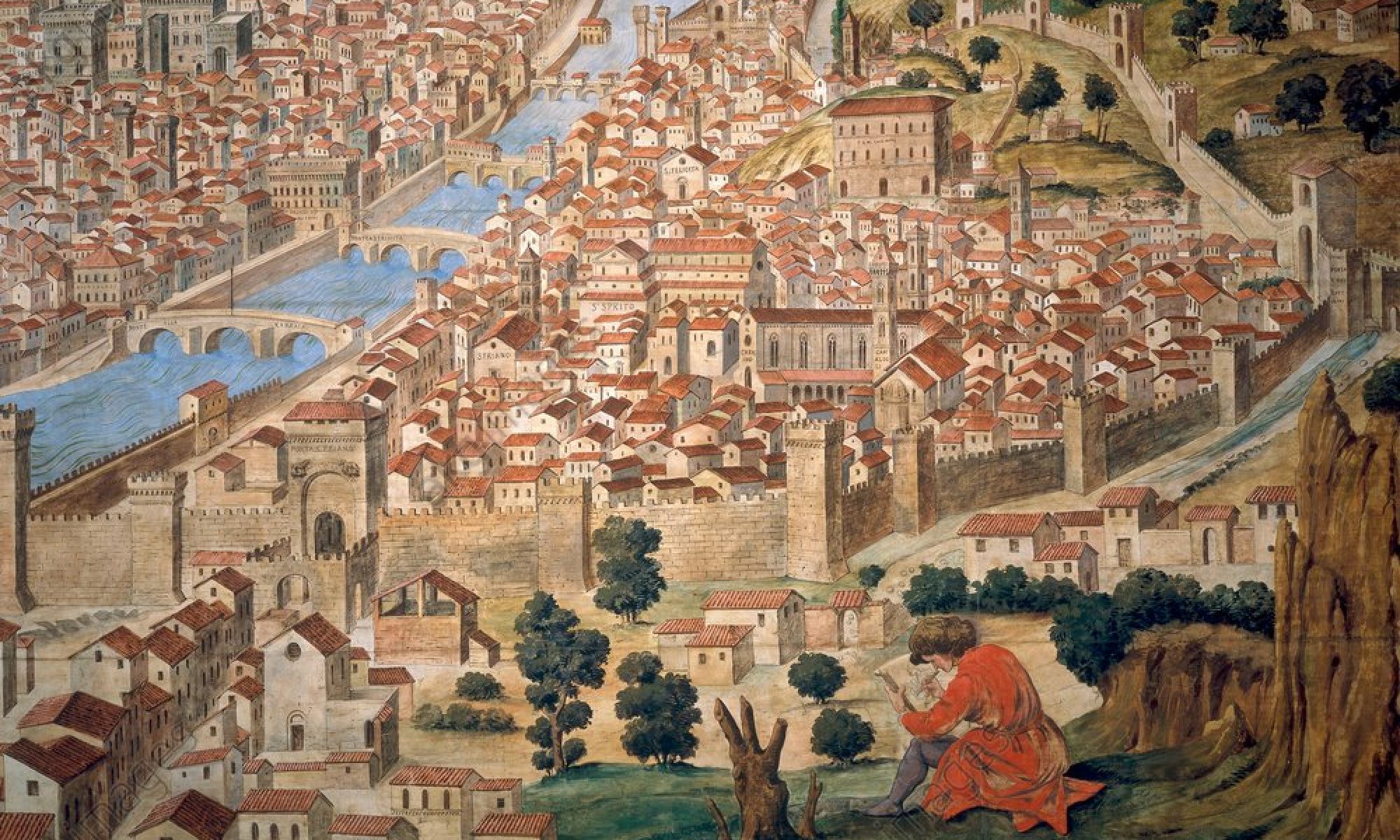
“Rappaport goes beyond the scandal to the human story, with an excellent eye for detail”
This book in itself is a quality production, with maps and many high-quality pictures illustrating places and people. It is written in a relaxed, easy-read style but without being overly novelistic and is accompanied by endnotes for the more serious non-fiction reader.
- Publisher: Simon & Schuster UK (13 Feb. 2025)
- Language: English.
- Hardcover: 336 pages.
- ISBN-10: 1398525960
- https://www.amazon.co.uk
If you read allot of history the concept of the marriage market will not be new to you. Indeed, when talking about societal aspects of Europe in the 19th century the idea of sending one of your ministers on a shopping trip to central Germany it is something of a standing joke.
On a very high level this is what happened to Marie Antoinette, and it is exactly what happened to Catherine the Great, this is why so many of the great houses of Western and Eastern Europe had such strong connections to Germany in 1913. To a lesser extent this was the case with the princes of Germany as well, the most famous example being the Prince Consort of Great Britain, Albert.
Hundreds of young ladies with impeccable pedigrees could be used to advance a family’s fortune, and many ended up far from home in unfamiliar surroundings at perilously young ages. Some thrived and founded dynasties, others waned and faded into the margins of history, while a few struggled through and made the best of it.
These women become better known as the 19th century progresses, but for scholars and readers the earlier generation are usually harder to find. This is not an uncommon problem with the history of the world. Women do not often play a demonstrative role in history books or history publishing. True, there is room on bookstore shelves for movers, shakers and scandal-makers, to look at some of those shelves it is hard not to sometimes wonder; where are all the women?
As such Professor Helen Rappaport’s pursuit of one such victim of the marriage market is very welcome in shedding some light on the female experience during the late 18th and early 19thcentury. The lady’s name was Julie of Saxe-Coberg. If the surname rings a bell is because she would become the aunt of Queen Victoria (and indeed Prince Albert) and would remain a central figure in the social and political scene of royal and aristocratic life during one of the most tumultuous periods of European history, but not one without her controversies.
One of the most enthusiastic bride shoppers of the period was Catherine the Great, who had been one of those obscure German princesses, plucked from the shelf to provide heirs for a dynasty and she saw no reason why the tradition should not be upheld for her own grandsons, Alexander and Constantine.
Immortalised along many other court ladies by Vigee Le Brun, Julie was selected to be the bride of Grande Duke Constantine Pavlovich, who at one point looked set to become the Tsar of Russia. Yet, Julie would never become an empress, and not just because Constantine declined the throne on the death of his brother.
Julie hated her life at the Russian court, larlgey because of her treatment at the hands of her husband the Grand Duke, who’s mercurial temper and scheming was well known to those who served with him in the Russian Army. Indeed, he grew so impossible to deal with during the first stage of the 1812 campaign that General Barclay de Tolly eventually found and excuse to send him away from the army, which was as close as an army general could probably come to dismissing the brother of the Tsar.
This behavior leeched into his personal life, and his wife suffered for it. Yet, the startling thing about Julie was that instead of putting up with Constantine’s abusive behavior in order to maintain her position, she actively worked to find a way to be allowed to leave him. Rappaport, no stranger to Romanov dramas, shows us how Julie took control of her own future, and stood up for herself in an age where courage was more often seen in duty and conformity. She also shows us the cost of doing so.
Because of her actions, Julie did not occupy a respected place in high society, indeed she was something of a figure of scandal due to her many alleged love affairs and her numerous unrecognized children. Indeed, until now it was those scandalous liaisons which characterized Julie’s life.
In this revealing biography, Rappaport goes beyond the scandal to the human story, with an excellent eye for detail, great powers of critical thinking but also empathy and sympathy. In so doing she finds a tale of strength, perseverance and tragedy, and presents a picture, just as beguiling as that painted by Le Brun; of a woman struggling against the constraints of her society in her quest to find what most of us still struggle to find today; happiness and meaning.









You must be logged in to post a comment.